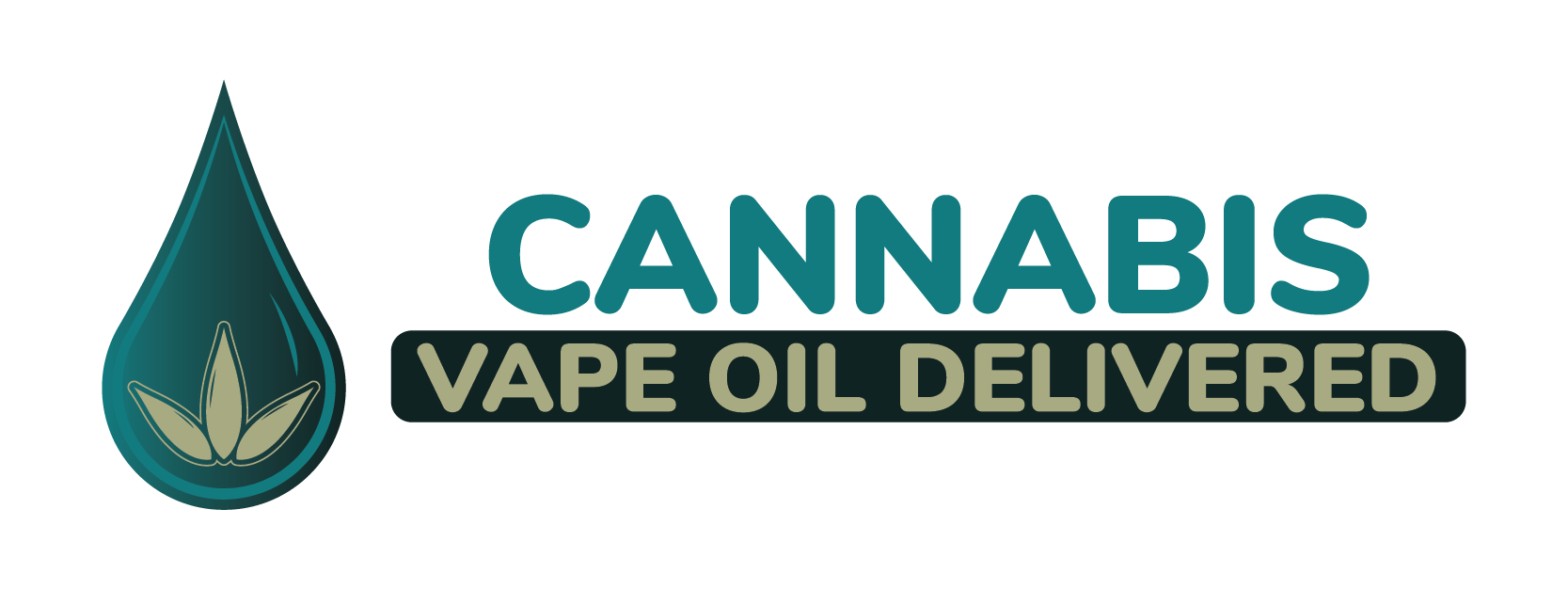The booming popularity of cannabis vapor oils has revolutionized how consumers enjoy cannabinoids, offering a smoke-free, discreet, and flavorful experience. But not all vape oils are created equal—what sets them apart often begins at the extraction level. Understanding how these oils are made can help consumers choose cleaner, more effective products tailored to their needs.
Why Extraction Methods Matter
Extraction is the process of isolating cannabinoids (like THC and CBD), terpenes, and other beneficial compounds from raw cannabis flower. The method used can affect everything from potency and purity to taste and safety. Here are the most common extraction methods used in vape oil production—and what you need to know about each.
1. CO₂ Extraction: Clean and Controlled
CO₂ (carbon dioxide) extraction is widely considered one of the safest and cleanest methods. Using supercritical CO₂ (a state where CO₂ behaves like both a gas and a liquid), producers can precisely isolate cannabinoids and terpenes without harmful residues.
- Pros: Solvent-free, preserves terpene profiles, ideal for full-spectrum oils
- Cons: Expensive equipment, complex process
- Used in: Premium cartridges labeled “CO₂ extracted” or “full-spectrum”
- Learn More: Leafly on CO₂ Extraction
2. Hydrocarbon Extraction (Butane/Propane): Potency Powerhouse
Hydrocarbon extraction uses solvents like butane (BHO) or propane to pull out cannabinoids and terpenes. While this method can create highly potent, flavorful extracts, it requires careful post-processing to remove residual solvents.
- Pros: High potency, rich flavor, used for live resin
- Cons: Risk of residual solvents; flammable solvents require proper lab safety.
- Used in: Live resin cartridges, sauce carts
- Learn More: Weedmaps on Hydrocarbon Extraction
3. Ethanol Extraction: Scalable and Versatile
Ethanol (often high-grade, food-safe alcohol) is another solvent used to extract cannabinoids. This method is efficient, scalable, and popular for producing both distillates and full-spectrum oils. However, it may strip away more delicate terpenes without careful refinement.
- Pros: Cost-effective, efficient, good for large-scale operations
- Cons: Can remove flavor compounds if not handled properly
- Used in: Distillate-based vape oils, tinctures
- Learn More: Trulieve on Ethanol Extraction
4. Solventless Extraction (Rosin & Ice Water Hash): Purest Form
Solventless extraction methods involve no chemical solvents, making them highly appealing to health-conscious consumers. Rosin, created by applying heat and pressure to cannabis flower or hash, is one such product.
- Pros: No solvents, cleanest possible extract, preserves plant integrity
- Cons: Lower yields, more expensive
- Used in: Rosin carts, solventless hash oil pens
- Learn More: Herb on Solventless Rosin
Choosing the Right Vape Oil for You
When shopping for cannabis vape oils, look at the product label for details about the extraction method. Some brands clearly state whether the oil is CO₂ extracted, solventless, or a live resin product. If transparency is lacking, consider checking lab results or opting for brands with clear sourcing practices.
Helpful Tip: Look for third-party lab-tested oils and choose cartridges free from additives like polyethylene glycol (PEG), vitamin E acetate, or artificial flavorings.
Final Thoughts
Understanding extraction methods empowers consumers to make more informed decisions about what they inhale. Whether you prefer the purity of rosin, the flavor of live resin, or the balance of a CO₂ extract, there’s a vape oil to suit every taste and tolerance.
Stay informed, inhale responsibly.
